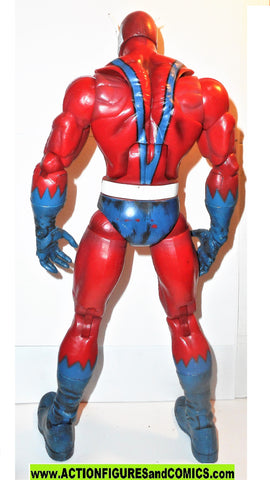

Wirecutter points out that a lot of positive reviews within a few days can indicate people pushed for reviews to happen on a timeline. You can use online tools to help determine the legitimacy of a review, such as Fakespot, which provides a score regarding the likelihood of fake reviews for a product.īut, you don't always need the help of an online service - there are a few warning signs you can spot with your own eye. On the contrary, a high number of positive reviews can be a red flag.ĭon't be fooled by a "verified purchased" tag on Amazon - while it helps establish credibility, sellers cheat the system by hiring businesses to create dummy accounts, purchase products, and write a stellar review. Just because an item has five-star ratings doesn't mean it's authentic. Sometimes, the telltale sign of a fake a product is a fake review. Strelka Institute for Media, Architecture and Design Follow/flickr Narrow down your shopping search on e-commerce retailers to products sold by the site itself. While this method isn't completely immune to counterfeits, as they can get commingled into the general stock, it's still your best bet. Ships from and sold by : Amazon sells the product, so it should be legitimate. Sold by and Fulfilled by Amazon: A third-party seller ships the product to Amazon's warehouses, which then ships it to you without confirming the product is authentic beforehand. Ships from and sold by : The product is sold by the third-party seller and shipped directly to you. While these sellers don't equate to a fake product, they do warrant a closer look as most counterfeit products come from them.Ī How-to Geek writer, who was scammed by a counterfeiter on Amazon, breaks down three different types of products you'll find on the site: Third-party sellers often use sites like Amazon to clear their excess inventory, garner more visibility, or find a larger audience. Account icon An icon in the shape of a person's head and shoulders.


 0 kommentar(er)
0 kommentar(er)
